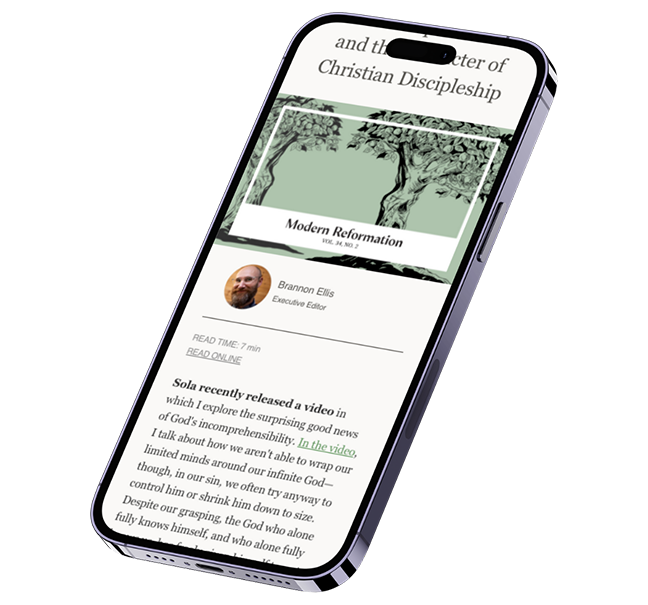While American evangelical leaders pay attention to sociological data, they more typically read George Barna or Thom Rainer, church growth experts who utilize social trends to chart the way forward for churches. But the person to whom these leaders should pay attention is Robert Wuthnow. Wuthnow, who holds a chair in sociology and is director of the Center for the Study of Religion at Princeton University, has contributed seminal books that have set the terms of the conversation for understanding American religion, particularly The Restructuring of American Religion (1988). What sets him apart from both professional sociologists and evangelical church growth gurus is his coupling together of sociological rigor with a deep love for Christianity and the church.
This combination makes After the Baby Boomers important reading for all those who desire to reach and teach our current generation of young adults. Wuthnow suggests that most sociologists of religion as well as congregational leaders still remain overly focused on the Baby Boomer generation (those born between 1946 and 1964), both as a subject of study and for their potential influence on American religion. Against this, he notes that the current generation of young adults (those born between 1965 and 1981) represent a significant share of the population and demand appropriate research that demonstrates continuities and discontinuities with the ways their parents approached Christianity.
As the major contribution to such research, Wuthnow observes that "the single word that best describes young adults' approach to religion and spirituality-indeed life-is tinkering" (13; emphasis his). This tinkering approach was clearest in the chapter on spirituality: there Wuthnow helpfully breaks down the younger generation's tendency both to "church shop" (which "involves tinkering with one's religious loyalties by looking for a congregation to attend" and eventually join) and "church hop" (which "involves going from one congregation to another, rather than settling into a single congregation"; 114-5). He suggests that this generation of young adults is more likely to shop for a church home or hop from church to church because of greater mobility, higher social class of parents, and generally higher education levels than previous generations.
Young adults also seem to tinker with their beliefs. While opinion polls suggest that young adults are neither less orthodox nor more secular than previous generations, Wuthnow notices that these young people are more likely to engage in "pick-and-choose orthodoxy," which suggests a hedging that allows them to honor traditional beliefs while making their way through the modern world. For example, a young adult may affirm both that the Bible is without error and literally true and that other religions provide pathways of salvation; or he or she may affirm both the biblical account of creation and scientific evolution, without worrying about how to harmonize the two accounts.
All this raises the issue of choice, which is seen as an American cultural good and a key value for young adults. Empowered to make determinations about work, schooling, marriage, beliefs, and values in ways that are fairly unprecedented in world history, this generation of young people utilizes its power to choose in ways that are creative at times and banal at others. Creativity comes in approaches to belief: while a young person may be raised in a Christian congregation, he or she may couple Christianity with thoughts from the Qur'an, The Celestine Prophecy, New Age, and Buddhism (cf. 113-4). On the other hand, it appears that young people value popular culture-and particular streams of it-as meaningful for their spiritual journeys. For example, one of the most important spiritual contexts for prayer or meditation-more important than reading the Bible-is listening to music. And the music these young people prefer is overwhelmingly contemporary pop or rock music; far from being musical omnivores, this generation speaks the language of (generally trite) pop music.
That said, surprisingly, this generation does not want contemporary Christian or gospel music in their worship services. While Baby Boomers overwhelmingly prefer that kind of music for worship, the younger generation does not. In fact, only 12 percent of those in their twenties whom Wuthnow surveyed said "they would like to see their congregation have a service featuring contemporary music" (224). However, young adults see culture as providing important means for answering the deeper questions of life and desire their congregations to engage with contemporary music, movies, and the arts as important for spirituality.
In the end, the most important factor for involving young people in congregations resides with young people themselves: marriage and children. Wuthnow's study shows that the least represented age group within congregations are twenty-somethings; these young people come back to the church in their thirties as they marry and have children. Wuthnow points out, however, that what should give congregational leaders pause is that this generation is either marrying later and having children later or not even marrying or reproducing at all. In addition, this generation is more committed than their parents to the type of lifestyle that demands two incomes in the household. As a result, churches must be creative in figuring out how to minister to single adults in their twenties while preparing to assist them as they marry and have children in their thirties.
Often witty, always insightful, I found Wuthnow's book to be a rich feast for thinking about the generation of students I teach. But I also found it interesting to read about my own generation; as a Gen Xer (born 1970), it was fascinating to see attitudes I shared as well as ways in which I differed. There were so many places that I said to myself, "Yes, he's got that right." As a result, those who care about this rising generation of young people cannot afford to miss this book.






